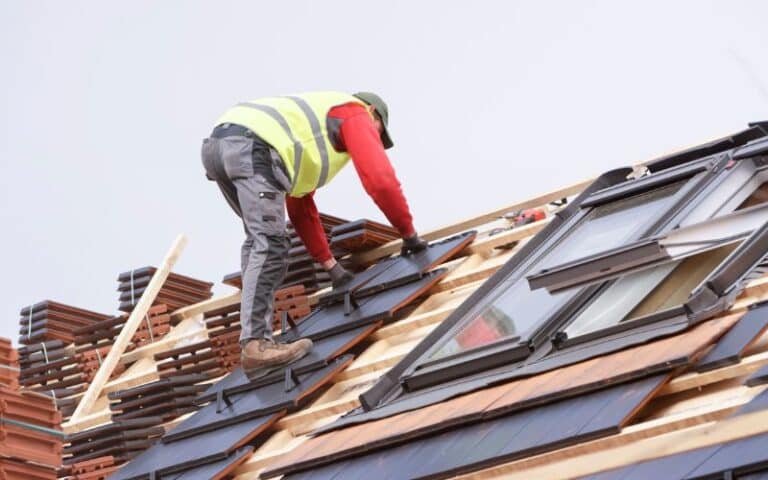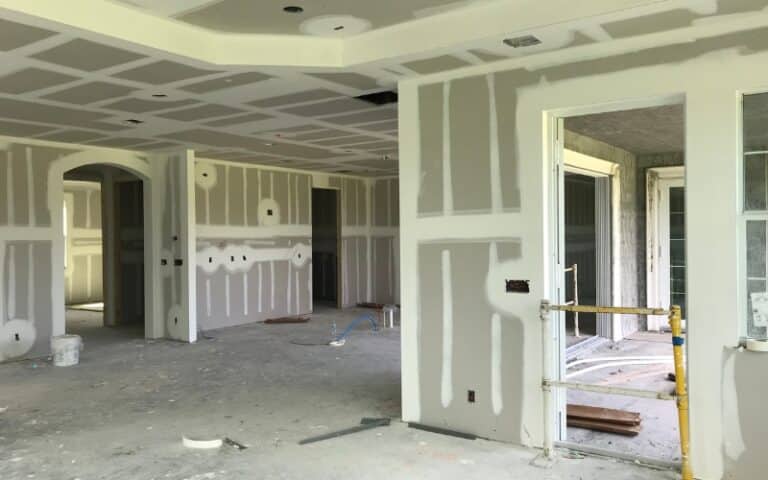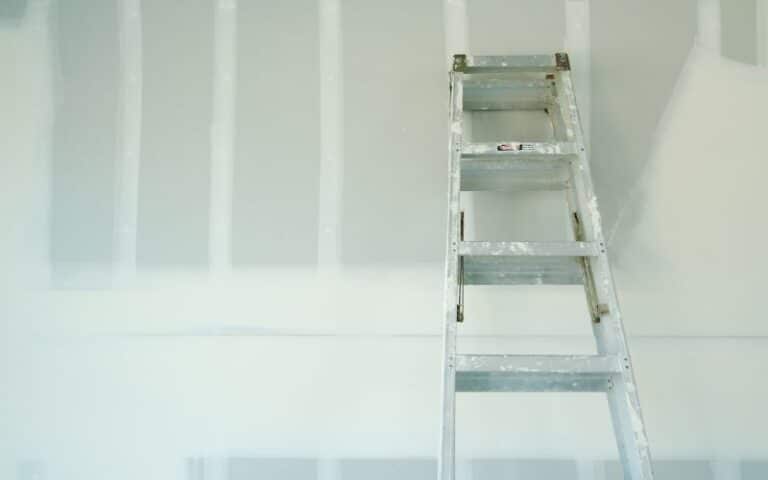One of the things that house owners dread most is roof damage. This is because of the cost of repair and replacement.
In addition, hail damage insurance coverage can be confusing, especially when you don’t know how it works.
House owners’ insurance would cover roof and window damages, especially if hail caused the damage.
You can claim hail damage on your roof twice. However, the insurance company will not cover the roof damages if the roof is already damaged or needs replacement before the hail damage occurs. Also, filing two claims in a close time frame can increase your premium though the claims will not affect your rates.
Ready for a Roofing Quiz?
Can I Claim Hail Damage on My Roof Twice?

The insurance for homeowners covers the hail damage on the roof. Fortunately, you can claim hail damage on your roof twice.
However, more claims can increase the premium rate, especially when the two claims of hail damage are filed in a row.
Most times, roof damage caused by hail can be small or much. However, damages can cause total replacement of the roof or total home repair in some cases.
Therefore, when hail damages occur, you must contact your insurance company and file a claim.
After filing a claim, the insurance company takes some time to confirm the hail damage to your home and the extent of the damage.
After contacting your insurance company, most companies respond by asking for the extent of damages using pictures or sending an agent from the company to inspect the damages.
However, according to the insurance information institute, policyholders must file a claim when there is hail damage on their roof or home.
Also, it is advisable to contact the insurance company before any repair is made. Before repairs, the repairer should prevent further damage to the roof or poor fixing of the roof.
When filing a claim for hail damage, ensure you ask your insurer for the time limit of your claims.
Below are the steps house owners can take to file a claim:
#1. Know the Extent of Damage
The extent of damage is measured by measuring or estimating the size of the hail damage.
For proper documentation, you can take pictures of the damage. This will allow the insurer to know the extent of the damage.
#2. Submit the Claim
After proper documentation, then you can contact the insurance company with the documentation and your house policy number.
Afterward, the insurer will know the next steps to take, depending on the current policy you are operating on and the extent of damages the insurance can cover.
#3. Get Estimate From Local Contractors
Contact a few contractors to get the damage repair estimate. However, it is important that you do not start any repair on the roof till the insurance adjuster checks the damage and the extent of damages.
Also, after getting the estimate from the local contractor, do not hire any contractor or sign a contract to repair the damages.
#4. Contact the Insurance Adjusters
The insurance adjuster determines the damage type, extent, and amount used for repair.
The adjuster also checks the documentation about the damages and estimates the cost of repairing the roof.
In addition, a local contractor can work with the insurance adjuster during the assessment to ensure the assessment is properly done.
At the end of the assessment, the adjuster will issue a report with proper documentation, including the details of the damage, and send it to the insurance company to effect the claim of damages.
#5. Receive the Payout
After the insurer has accepted the claim, the insurance company will issue the initial payout, a percentage of the final estimated budget.
It comes as a mail check or a direct deposit to the insured. After the repairs, which the certification of completion shows, the replacement cost value, also known as depreciation, will be paid.
#6. Contact a Local Contractor
Once the insurance company approves the claim on damages and you have received the payment, you can sign a contract with a local contractor to repair your roof.
Most insurance companies pay about half of the cost incurred before the commencement of the repair.
Before the completion of the repair, the insurance company will complete the payment for repairing the roof.
Before you sign any contract with a local contractor, ensure the contractor is licensed and has expertise in repairing the damaged roof.
In addition, there is a special checkout for homes with a mortgage. Most times, homeowners with mortgages have to work hand in hand with the mortgage company to fund repairs.
Most insurance companies have their allowed processes of filing cases which are likely similar to the one highlighted above.
Moreover, homeowners should keep in mind that there is always a deductible for hail damage. The deductible depends on the type of insurance policy you are currently on.
Below are the types of deductibles that operate in an insurance system:
| Types of Deductibles | Applications of the Deductible |
|---|---|
| Windstorm deductibles | This applies to damages due to wind or hail |
| Hurricane deductibles | This applies to damages due to hurricanes |
The above types of deductibles are a percentage of the home’s insured value. The deductibles are usually about at least 1% and not more than 5% of the home’s insured value.
Ultimately, the percentage of deductibles depends on the location of the home, which will affect the damage in the home.
Finally, before the commencement of the home insurance system, homeowners should communicate adequately with the insurance company to know the type of insurance they should do and the cost it will incur.
This will prevent avoidable problems in the future for the insurance company and the house owners when there is damage.
How Much Hail Damage for Insurance to Replace a Roof?
As of 2021, the average amount for hail damage is $12000. It is important to note that the hail damage insurance claim is not fixed.
It depends on the other damages the hail did, especially if the same storm caused it and it affects the windows and gutter.
How Long Do You Have to Claim Hail Damage on the Roof?
How long you have to claim hail damage on the roof depends solely on the insurance company policy.
Some insurance companies say you should file a claim immediately after damage, while others give a specific time limit for filing a claim. Roof hail damage claims are processed within 7-14 days.
No matter the time frame the company gives, you should claim hail damage as fast as possible.
It will save the damages from degenerating to roof leaks which can lead to further damage in the home.
Can I Keep the Extra Money From the Insurance Claim?
It is legal to keep extra money from insurance claims. If the insurance company does not ask for the extra money and money is not illegally gotten from the insurance company, you can keep it.
For example, suppose the insurer pays the insured after the hail-damaged claim has been accepted.
The insurance policy does not state whether you should return the extra money after repair; in that case, you can keep the extra amount.
After proper repair inspection and the insurer’s satisfaction, you may keep the extra money.
If you did not commit any insurance fraud or got it through dubious means, you should be able to keep the balance.
The extra money from the claim amount can result from fluctuations in market prices, which makes the amount you bought the material less than the claim money.
In addition, during estimation, excess money is added to upgraded materials and other materials for repair.
What Do Insurance Adjusters Look for on Roofs?
Hail damage on roofs does not necessarily mean you need a new roof. Little repairs on the roof can return the roof to good shape.
To know whether your roof needs repair or replacement depends on the insurance adjuster’s assessment.
Below are some of the things that the insurance adjuster looks out for on roofs:
#1. Loss of Granules
Loss of granules is the first signal that there is hail damage. The top layer is exposed to danger and adverse conditions if the granule lost is excessive. Loss of granules also reduces the life span of the roof.
#2. Damaged Gutters and Other Parts
Damaged gutters show the extent of damage the hail did to the roof. It also shows the frequency and direction of the wind.
Damages on other parts, such as the windows, fences, and HVAC units, also serve as evidence to back your claim.
#3. Roof Leakages
Leakages and leaks indicate that the roof’s integrity has been compromised. In addition, buckling the roof and leaking from the ceiling shows that the roof has been damaged.
Conclusion
The home insurance system covers the damages caused by hail to your roof and windows. Like the other insurance policies, hail damage works the same way.
Filing a hail damage claim ensures you get the help needed. However, do not make repairs by yourself before you notify the insurer.






